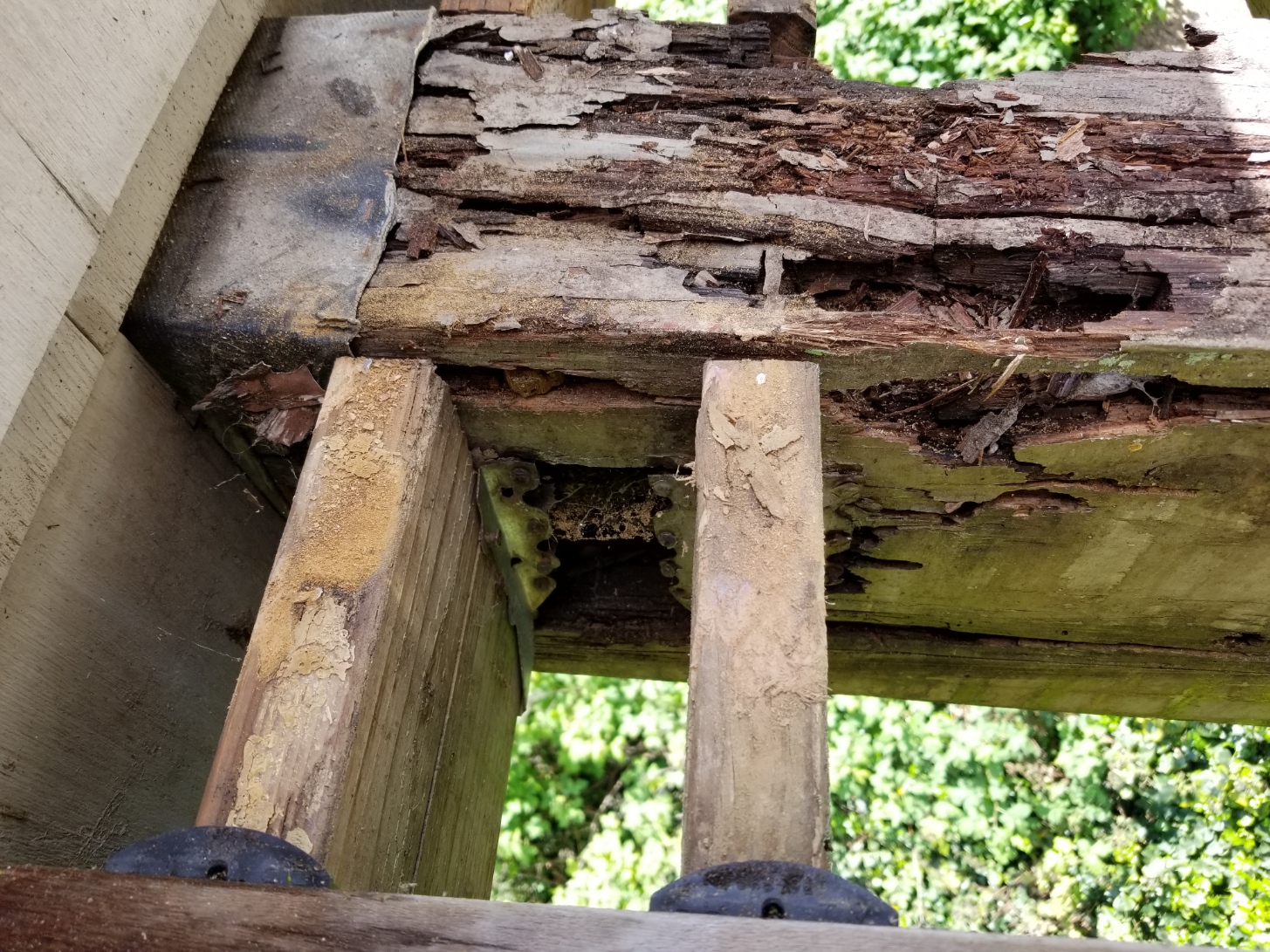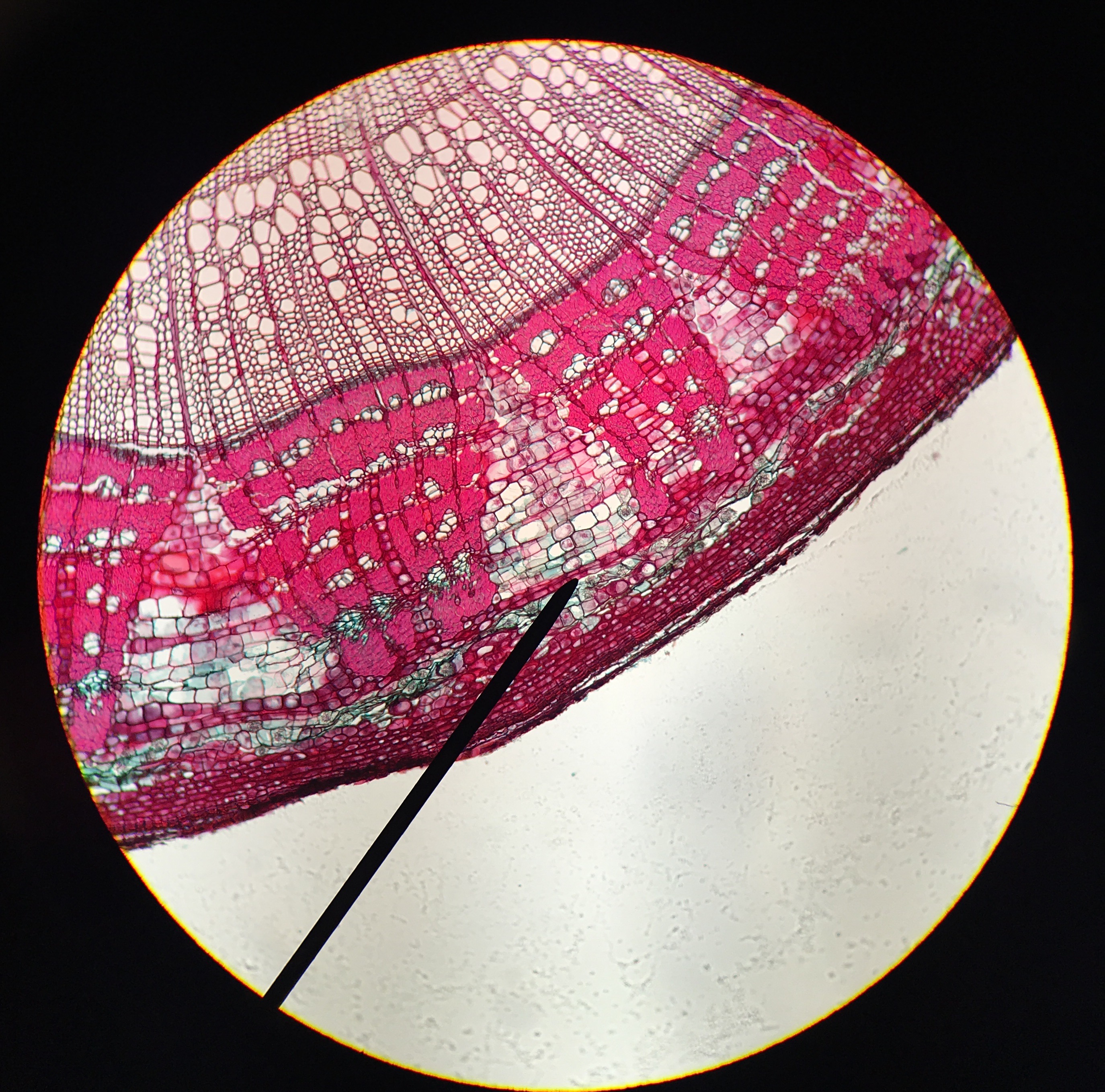|
Monommatidae
Monommatini is a tribe of beetles known as monommatid beetles. They are in the ironclad beetle family, Zopheridae. There are about 15 genera and 300 described species in Monommatini. They are found worldwide, with the greatest diversity in Madagascar. They are commonly associated with rotting plant matter such as the dry rotting cambium of trees. Taxonomy Monommatini has been considered a family (Monommatidae) and subfamily (Monommatinae) in the past, but is now treated as a tribe in the subfamily Zopherinae Zopherinae is a subfamily of beetles, commonly known as ironclad beetles. Together with the subfamily Usechinae, they have been treated historically as a family, but have recently been joined by several additional taxa, making the Zopheridae .... References Zopheridae {{Zopheridae-stub ... [...More Info...] [...Related Items...] OR: [Wikipedia] [Google] [Baidu] |
Zopheridae
The Zopheridae family of beetles has grown considerably in recent years as the members of two other families have been included within its circumscription; these former families are the Monommatidae and the Colydiidae, which are now both included in the Zopheridae as subfamilies or (in the former case) even as tribe of subfamily Zopherinae. Some authors accept up to six subfamilies here, while others merge all except the Colydiinae into the Zopherinae. The family has approximately 190 genera and 1700 species, which are found worldwide. A large number of members of the family feed on rotting wood or fungus associated with rotting wood, though some members of Colydiinae are predatory, or feed on living plant tissue such as roots, stems, flower stalks and fruit. The oldest fossils of the family are '' Paleoendeitoma'' (subfamily Colydiinae, tribe Synchitini) and '' Cretomysteria'' from the early Late Cretaceous ( Cenomanian) Burmese amber from Myanmar. See also *List of subg ... [...More Info...] [...Related Items...] OR: [Wikipedia] [Google] [Baidu] |
Dry Rot
Dry rot is wood decay caused by one of several species of fungi that digest parts of the wood which give the wood strength and stiffness. It was previously used to describe any decay of cured wood in ships and buildings by a fungus which resulted in a darkly colored deteriorated and cracked condition. The life-cycle of dry rot can be broken down into four main stages. Dry rot begins as a microscopic spore which, in high enough concentrations, can resemble a fine orange dust. If the spores are subjected to sufficient moisture, they will germinate and begin to grow fine white strands known as hyphae. As the hyphae grow they will eventually form a large mass known as mycelium. The final stage is a fruiting body which pumps new spores out into the surrounding air. In other fields, the term has been applied to the decay of crop plants by fungi. In health and safety, the term is used to describe the deterioration of rubber, for example the cracking of rubber hoses. Discussion '' ... [...More Info...] [...Related Items...] OR: [Wikipedia] [Google] [Baidu] |
Cambium
A cambium (plural cambia or cambiums), in plants, is a tissue layer that provides partially undifferentiated cells for plant growth. It is found in the area between xylem and phloem. A cambium can also be defined as a cellular plant tissue from which phloem, xylem, or cork grows by division, resulting (in woody plants) in secondary thickening. It forms parallel rows of cells, which result in secondary tissues. There are several distinct kinds of cambium found in plant stems and roots: * Cork cambium, a tissue found in many vascular plants as part of the periderm. * Unifacial cambium, which ultimately produces cells to the interior of its cylinder. * Vascular cambium, a lateral meristem in the vascular tissue of plants. Uses The cambium of many species of woody plants are edible; however, due to its vital role in the homeostasis and growth of woody plants, this may result in death of the plant if enough cambium is removed at once. The cambium can generally be eaten raw or cooke ... [...More Info...] [...Related Items...] OR: [Wikipedia] [Google] [Baidu] |
Zopherinae
Zopherinae is a subfamily of beetles, commonly known as ironclad beetles. Together with the subfamily Usechinae, they have been treated historically as a family, but have recently been joined by several additional taxa, making the Zopheridae a much larger composite family, and the Zopherinae are now only a small component within it, consisting of seven genera in the tribe Zopherini and one, '' Phellopsis'' in its own tribe ( Phellopsini). These beetles are apparently fungivores and associated with rotting wood, and as the common name implies, have one of the hardest of all arthropod exoskeletons; in some species, it is almost impossible to drive an insect pin through their bodies without using a small drill to make a hole first. When disturbed, ironclad beetles play dead. Some species in the genus ''Zopherus'' in Mexico are decorated with costume jewelry glued to their bodies, and sold as living brooches, known as '' ma'kech''. Selected species *Genus '' Phellopsis'' ... [...More Info...] [...Related Items...] OR: [Wikipedia] [Google] [Baidu] |
_(14425954610).png)

